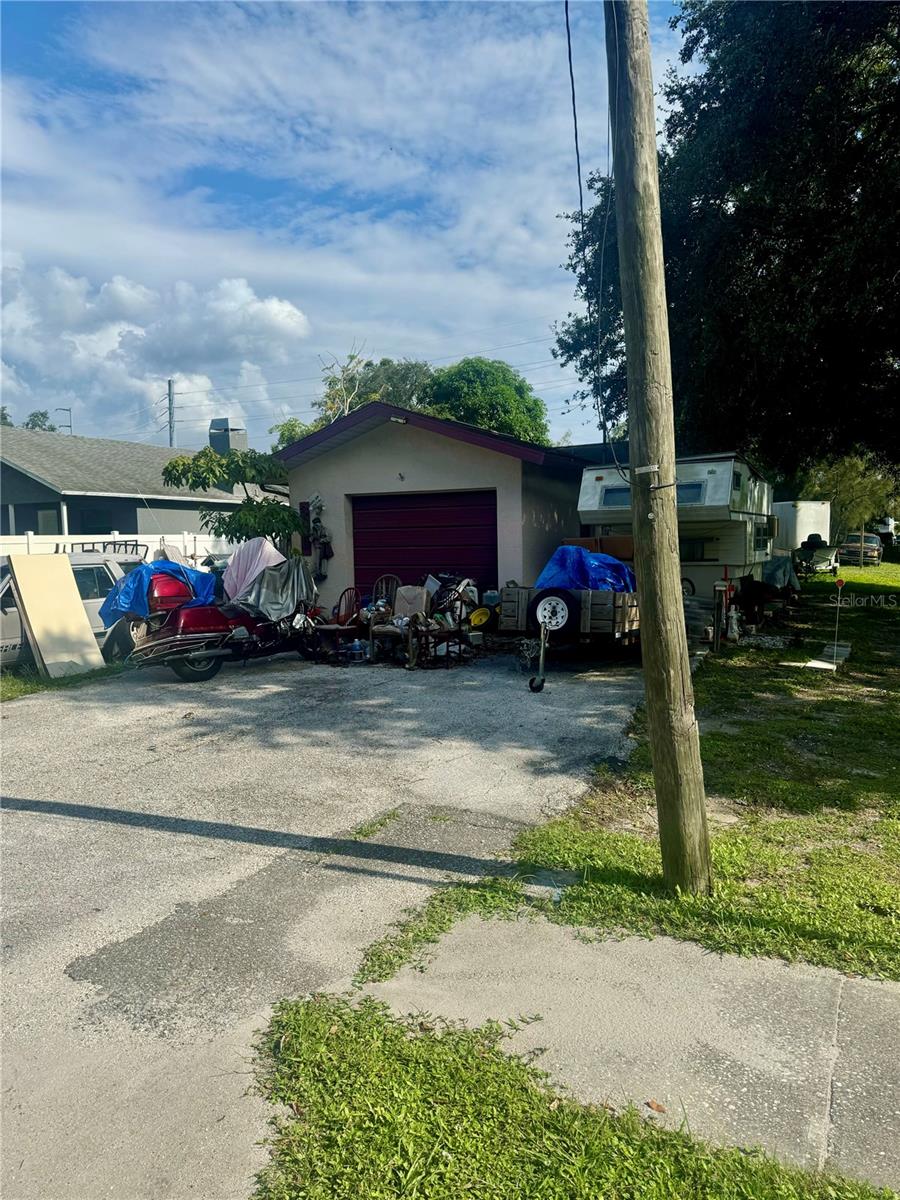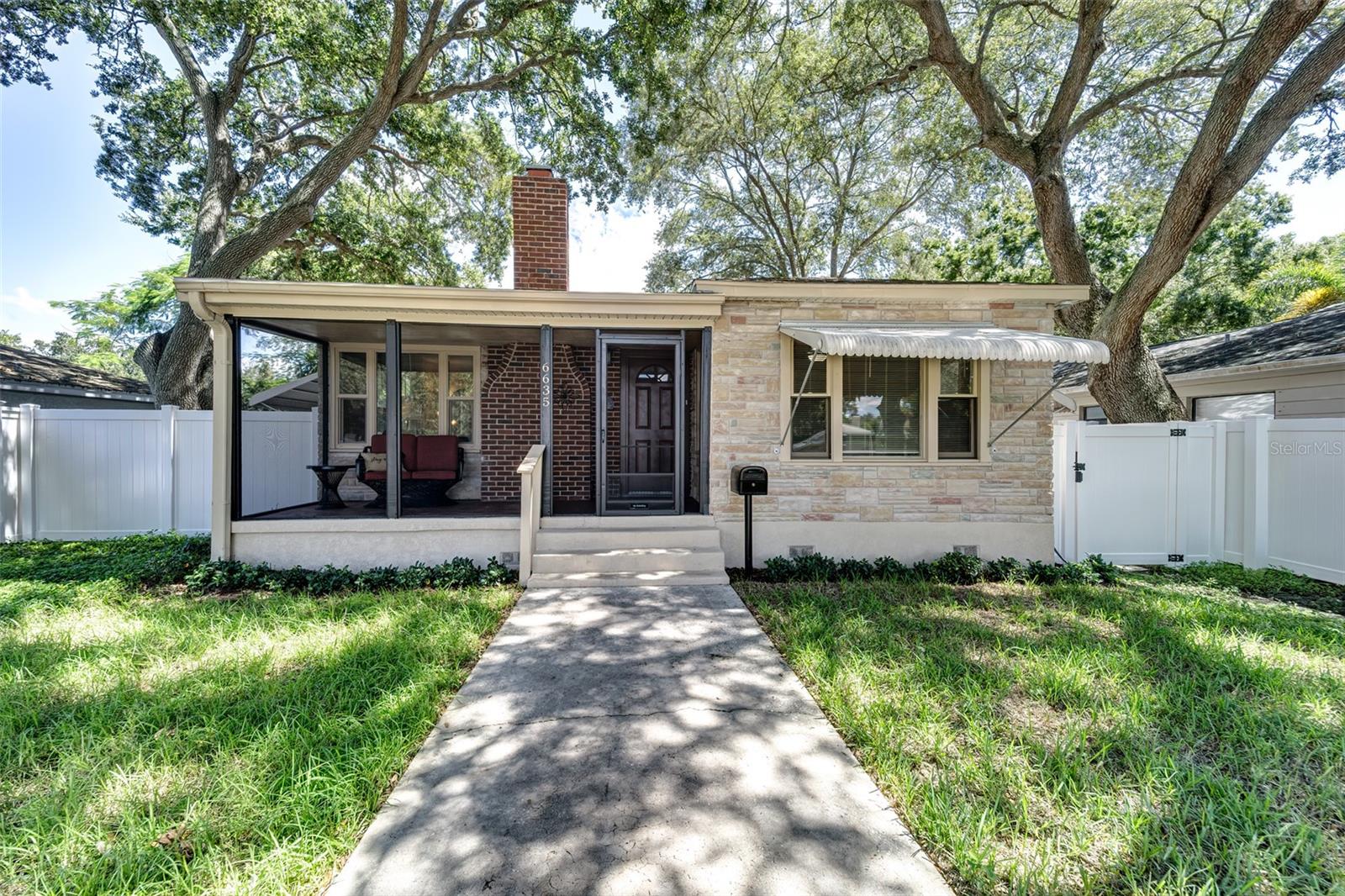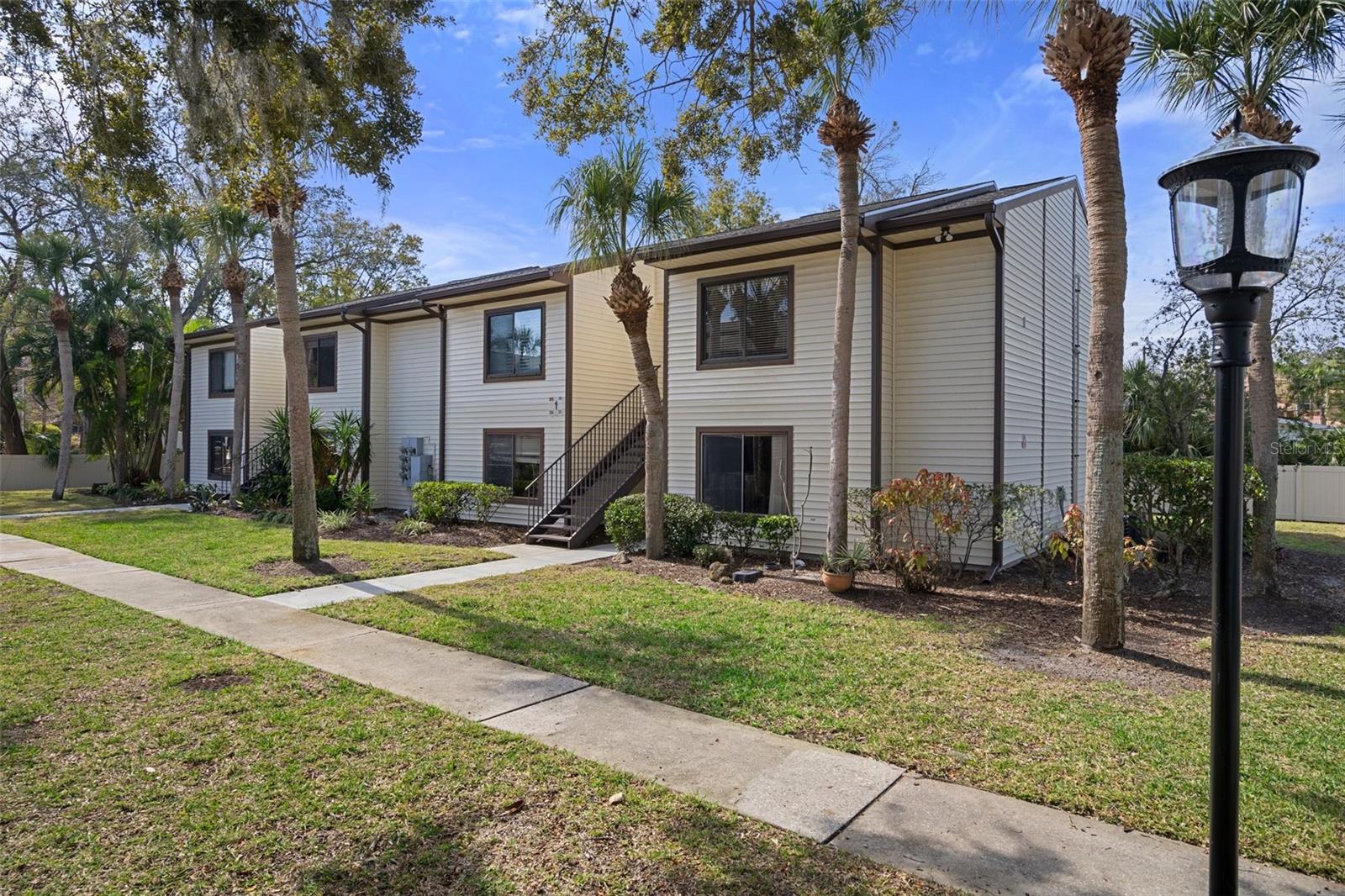In 1876, A.W. Ormond and his daughter Mary relocated to Tarpon Springs from South Carolina and become the first settlers to the area. Tarpon Springs was said to be named after the fish, Tarpon, which was abundant in the Gulf of Mexico during this time period. In 1881, Hamilton Disston, a saw manufacturer from Philadelphia purchased four million acres of land from the State of Florida. A year later, Disston and his surveyor, Major Mathew Robinson Marks, laid out the town of Tarpon Springs, Florida. Disston had Anson P. K. Safford take care of his affairs in Tarpon Springs. Safford, originally from Vermont, became one of Tarpon Spring’s most prominent citizens. He donated land for several different churches and constructed the first school. Saffords sister, Dr. Mary Jane Safford relocated to the area and became the first female doctor in Florida. In 1887 Tarpon Springs, Florida incorporated into a city. During this time, the Orange Belt Railway made its first arrival to the city and the construction of the Anclote Key Lighthouse was complete. In 1890, Tarpon Springs changed forever with the opening of the Anclote River and Rock Island Sponge Company. John Cheyney founded the company upon noticing that the Key West sponging industry was coming to the mouth of the Anclote River to work the sponge beds. John Corcoris relocated to Tarpon Springs from New York in 1896 as a sponge buyer. Cheyney put him to work to increase the efficiency of the sponge industry. Corcoris brought 500 divers from the Greek Islands and introduced the first sponge fishing boat to Tarpon Springs. In no time at all, the Key West sponge business shifted to the area and by the early 1900's Tarpon Springs was considered the largest sponge port in the United States. Soon other Greeks came to the area and established many businesses using the profits from the sponging industry.
Tarpon Springs sits alongside the Anclote River and Gulf of Mexico, providing a gateway to some of Florida's best deep sea fishing, boating, paddling, nature watching and swimming. The downtown historic district in Tarpon Springs provides seven blocks of buildings from the late 1800's, antique shops, art galleries and studios, boutiques and restaurants. The sponge docks are still a main part of Tarpon Spring’s tourist industry, with a Coral Sea Aquarium, a sponge museum, and Greek cuisine, seafood and many other dishes to choose from.
Tarpon Spring’s real estate is very appealing. With its unique choices of homes to pick from and beautiful waters of the Lake Tarpon, the Gulf of Mexico and the Anclote River, waterfront property is in abundance.
Click here to view residential listings in Tarpon Springs, Fl
Click here to view forclosure listings in Tarpon Springs, Fl
Click here to view Short Sale listings in Tarpon Springs, Fl
Click here to view waterfront listings in Tarpon Springs, Fl
Quick Search





